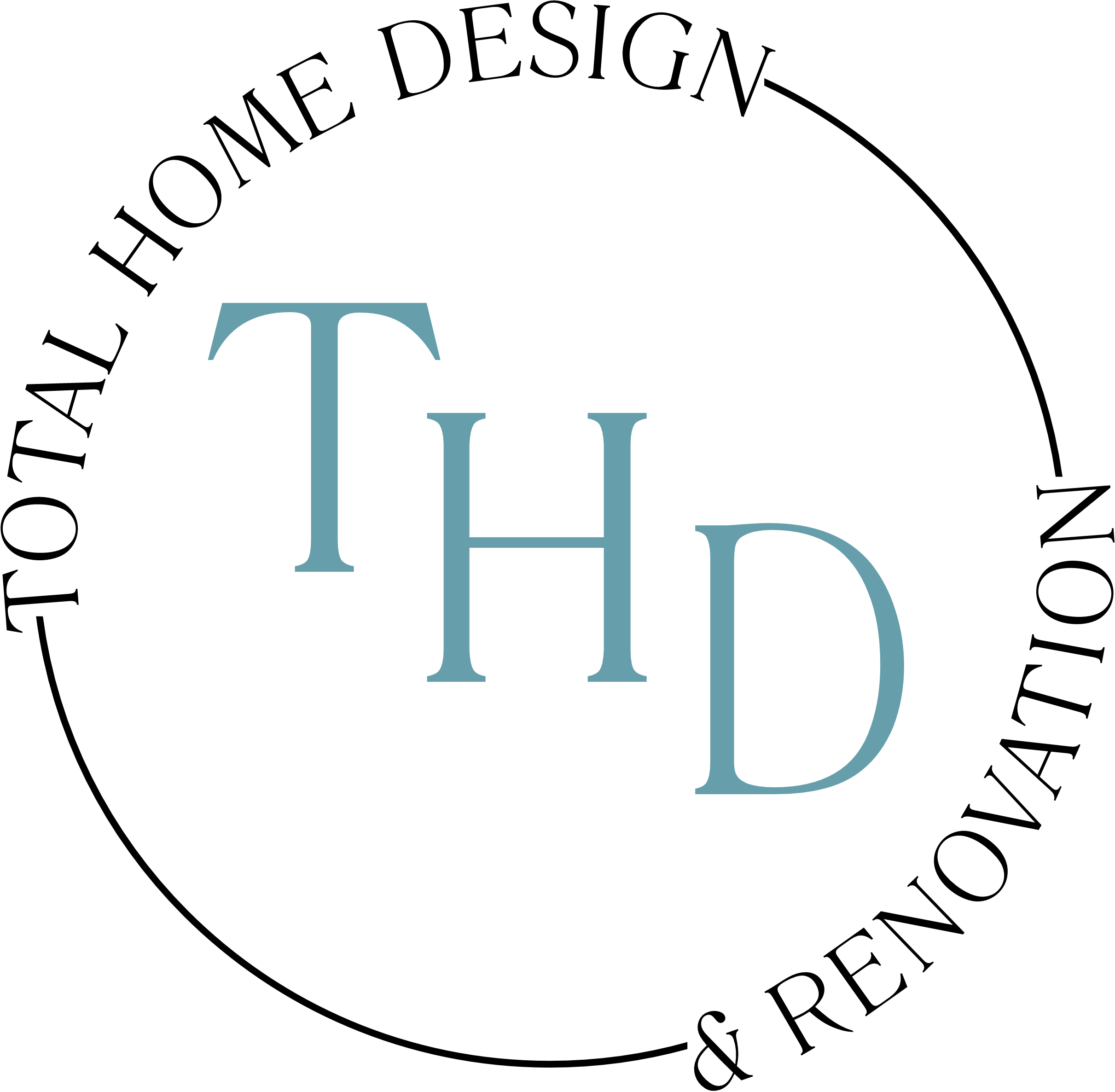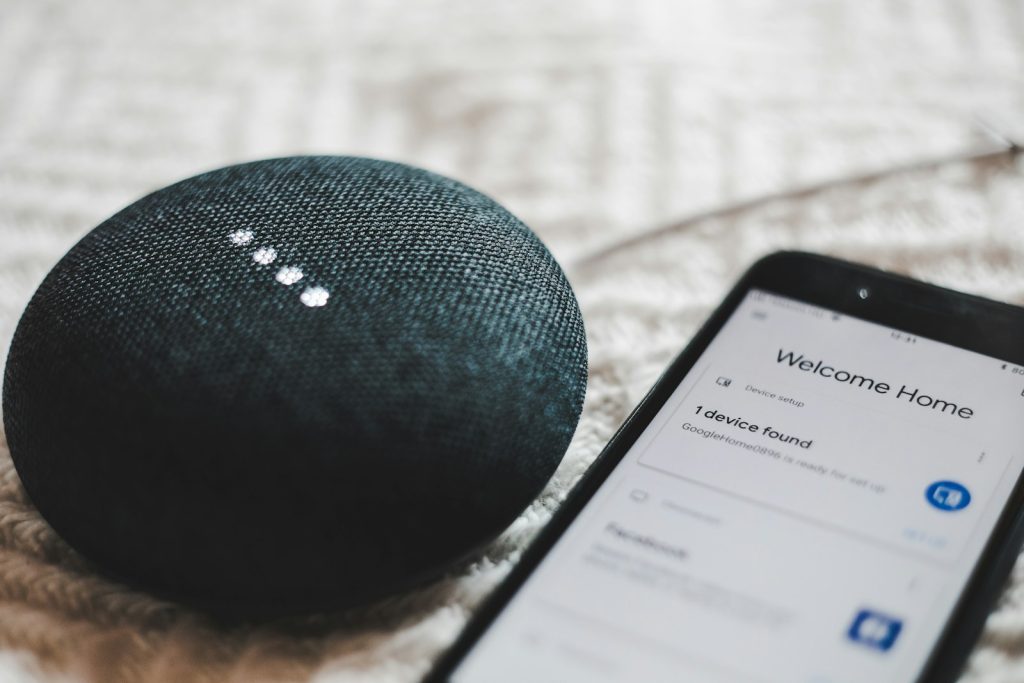Transform Your Home,” consider the following key trends that are expected to shape interior design in the coming year:
1. Sustainability and Eco-Friendly Materials
As environmental awareness increases, more homeowners are seeking sustainable materials and practices. Expect to see a rise in the use of reclaimed wood, recycled materials, and eco-friendly finishes. Designers will focus on creating spaces that minimize environmental impact while maintaining aesthetic appeal.
2. Biophilic Design
The integration of nature into interior spaces continues to gain popularity. Biophilic design emphasizes natural light, indoor plants, and organic materials. This trend aims to create a calming atmosphere that enhances well-being and connects people to nature, even within urban environments.
3. Multi-Functional Spaces
With the rise of remote work and changing lifestyles, homes are evolving to accommodate multiple functions. Expect to see more versatile spaces that can serve as home offices, gyms, or guest rooms. Furniture that is adaptable and space-saving will be essential in achieving this trend.
4. Bold Colors and Patterns
In 2025, expect a shift towards bold colors and vibrant patterns as homeowners seek to express their individuality. Rich jewel tones, deep greens, and bright accents will dominate interiors, complemented by striking wallpaper and textiles that add character and warmth.
5. Vintage and Retro Influences
Nostalgia plays a significant role in design, with vintage and retro styles making a comeback. Expect to see mid-century modern furniture, retro color palettes, and vintage decor items that blend seamlessly with contemporary designs, creating a unique and personalized aesthetic.
6. Smart Home Technology
As technology continues to advance, smart home features will become increasingly integrated into interior design. From automated lighting and climate control to smart appliances, these innovations offer convenience and efficiency, enhancing the overall living experience.
7. Textured Surfaces
Texture will play a crucial role in creating depth and interest in interiors. Expect to see a variety of materials, such as textured wall finishes, layered textiles, and mixed materials that add tactile elements to spaces, making them more inviting and dynamic.
Conclusion
These trends highlight the evolving nature of interior design as it adapts to lifestyle changes and personal preferences. By incorporating these elements, homeowners can transform their spaces into functional, stylish, and sustainable environments that reflect their individuality and values.

